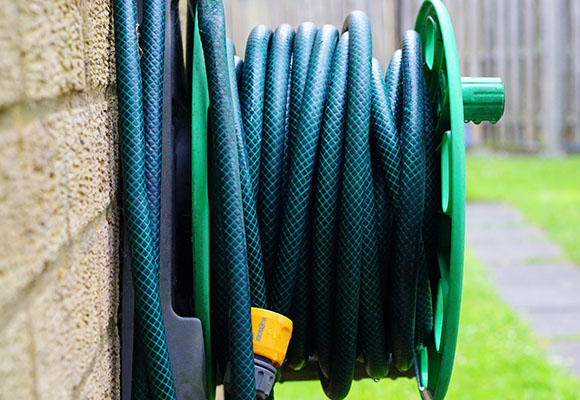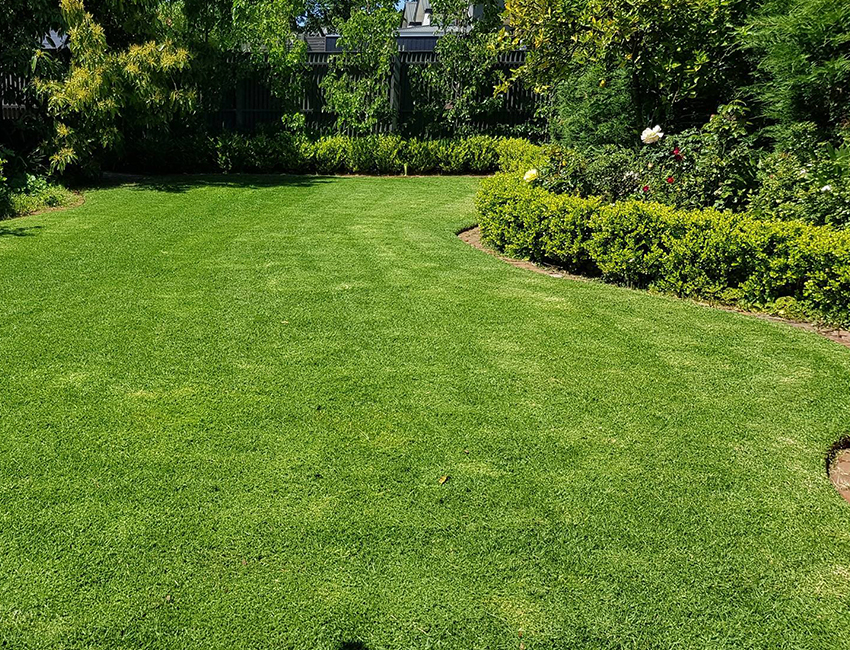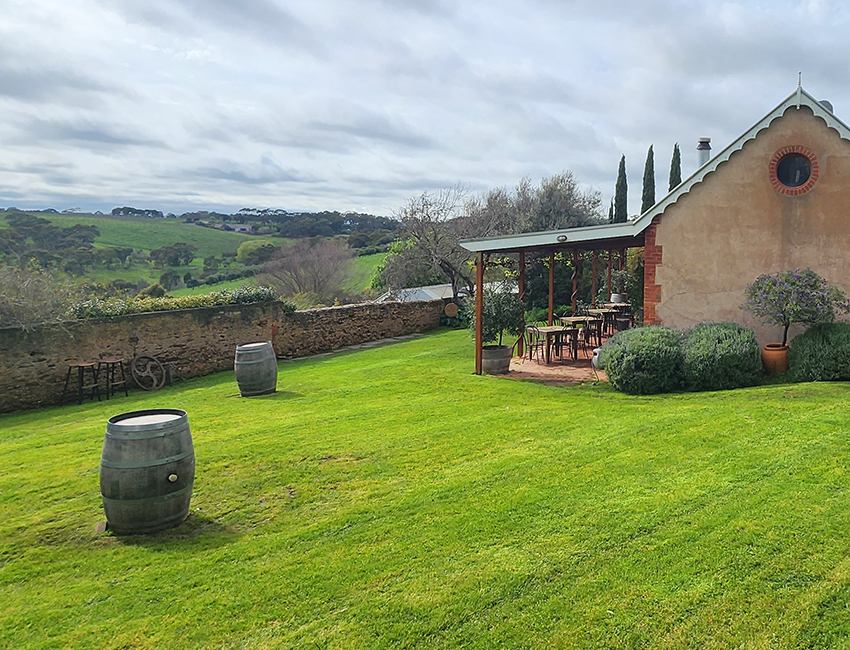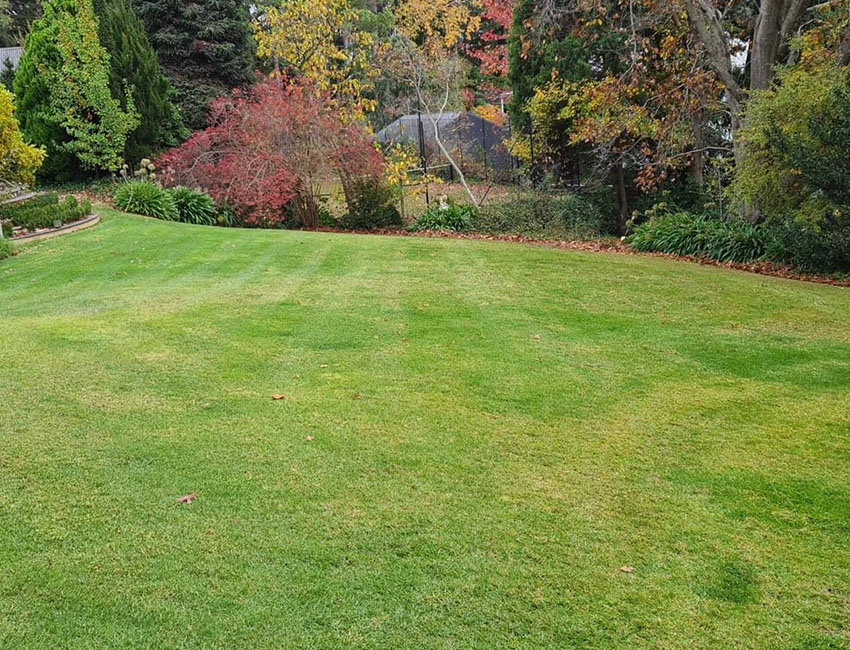For most of us, it’s the cheapest and most beneficial thing you can do to our lawn. However, watering is the most misunderstood factor in a lawn maintenance routine. The goal of irrigating your lawn is very simple: to replace the moisture that is being lost due to evaporation. Any more or any less will cause the lawn to suffer in times of stress. Generally, given our weather patterns, it is not necessary to irrigate the lawn on a regular basis until October or November.
How Much?
The technique of determining how much to water your lawn is simple: Place a small rain gauge or jam tin on the lawn when your sprinkler is running and see how many minutes it takes to fill the gauge to a level of 25mm. Then, over a period of days, see how long it takes for the 25mm of water to evaporate out of the gauge. This will tell you when and how much to water. You may be surprised!
When?
The time of day makes a difference. One basic rule: water your lawn when the least amount of water will be lost to evaporation. Watering early in the morning before the heat of the day will make sure your water goes down to the roots instead of going up in vapour. Avoid watering during the middle of the day when the heat is highest.

How Often?
A good soaking of water every few days is more useful than frequent light sprinkling. Avoid watering late in the day; leaves remain wet for hours during the night, increasing the possibility of germination of fungal spores. One to two waterings per week totalling 25mm are best. Frequent light waterings create shallow root systems which cannot sustain the plants during hot weather.
Train your lawn to become more drought-tolerant. Forget about watering the lawn once a week (or every three or four days on sandy soil) regardless of whether the water is needed. Wait till the top few centimetres of soil is completely dry.
Like us, lawns prefer nice long showers! Unlike us, your lawn doesn’t have to shower every day.
Less frequent, deep watering will encourage a stronger and deeper root system thus equipping the lawn to deal with dry periods. Watering, like most other lawn maintenance tasks, is best done in the early morning so as to avoid evaporation and you should only really water when the grass really needs it.
To make sure that you’re watering enough a simple test is to stick a screwdriver into the soil. If the moisture level is good then the screwdriver should easily go all the way in – to a depth of around 250mm. If you can only push it in a little without forcing it too hard then this shows that the soil is too compacted. Compacted soil won’t let enough water seeping down into the roots.

Be sure to follow the “25 millimetre” guide.
Frequent, but shallow watering causes the grass to send roots up to the surface looking for water, where they will suffer more during hot spells. Water longer in each spot. Also be sure to water more along paths and kerbs. These areas dry out faster due to more heat build up.
Train your lawn to become more drought-tolerant. Forget about watering the lawn once a week (or every three or four days on sandy soil) regardless of whether the water is needed. Wait till the top few centimetres of soil is completely dry.
This is easy to check with a garden trowel. At this stage, hold back on the water, check the blades of grass each day and wait until about one-third have started to wilt. Early next morning, give the area a good soaking. Repeat this checking performance but each time wait an extra day before watering.
Within a few weeks, the lawn will have developed a deeper, more extensive root system that is capable of absorbing moisture from well below the previous root zone.
By the end of summer, you should have extended the time between watering summer-active grasses, such as couch, buffalo and kikuyu, from once a week to every 10 to 14 days and possibly longer. Even some of the traditional but waterholic lawns, containing fescue, Kentucky bluegrass and ryegrass, can be trained to get by for three or four extra days between watering.


